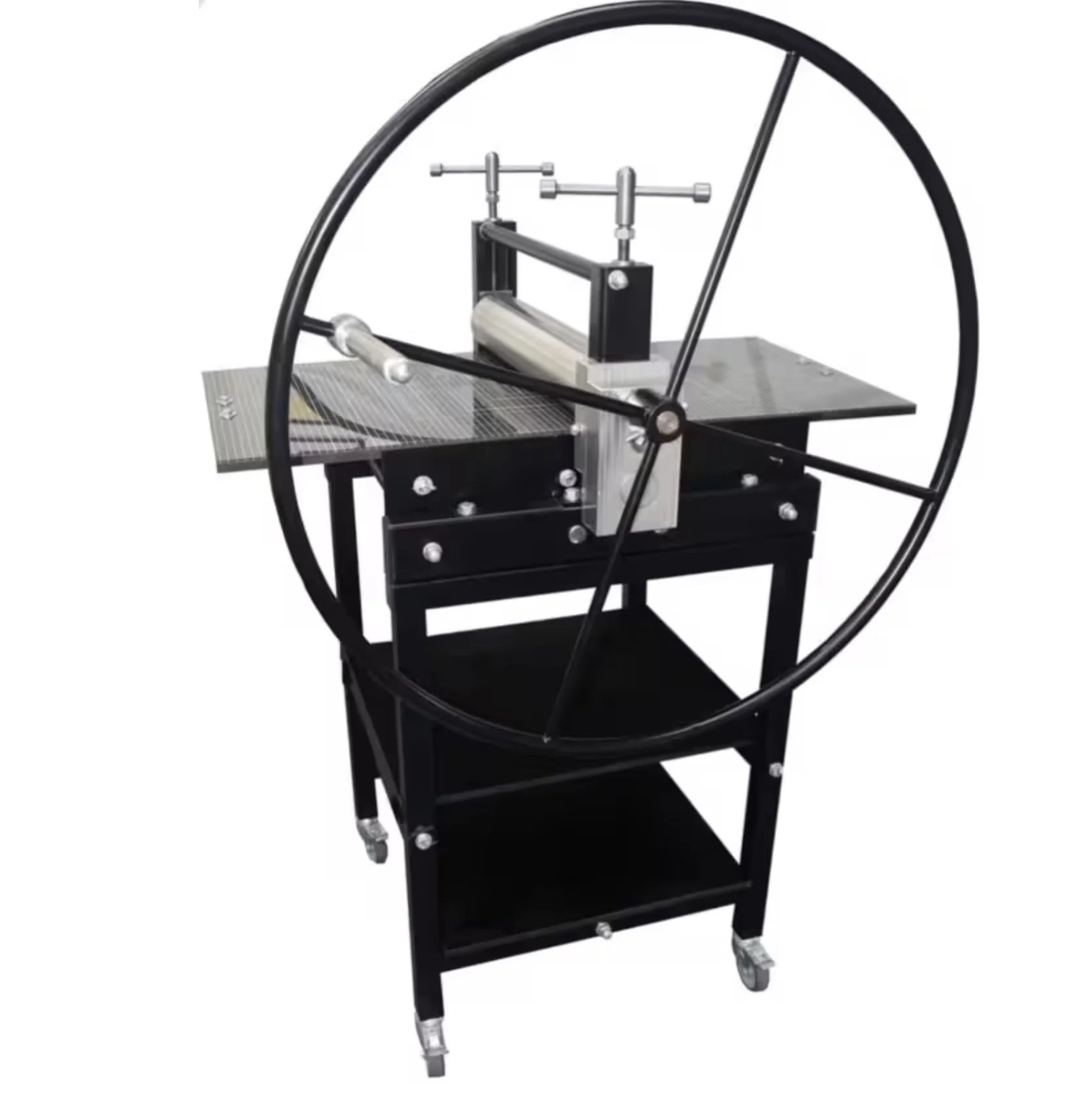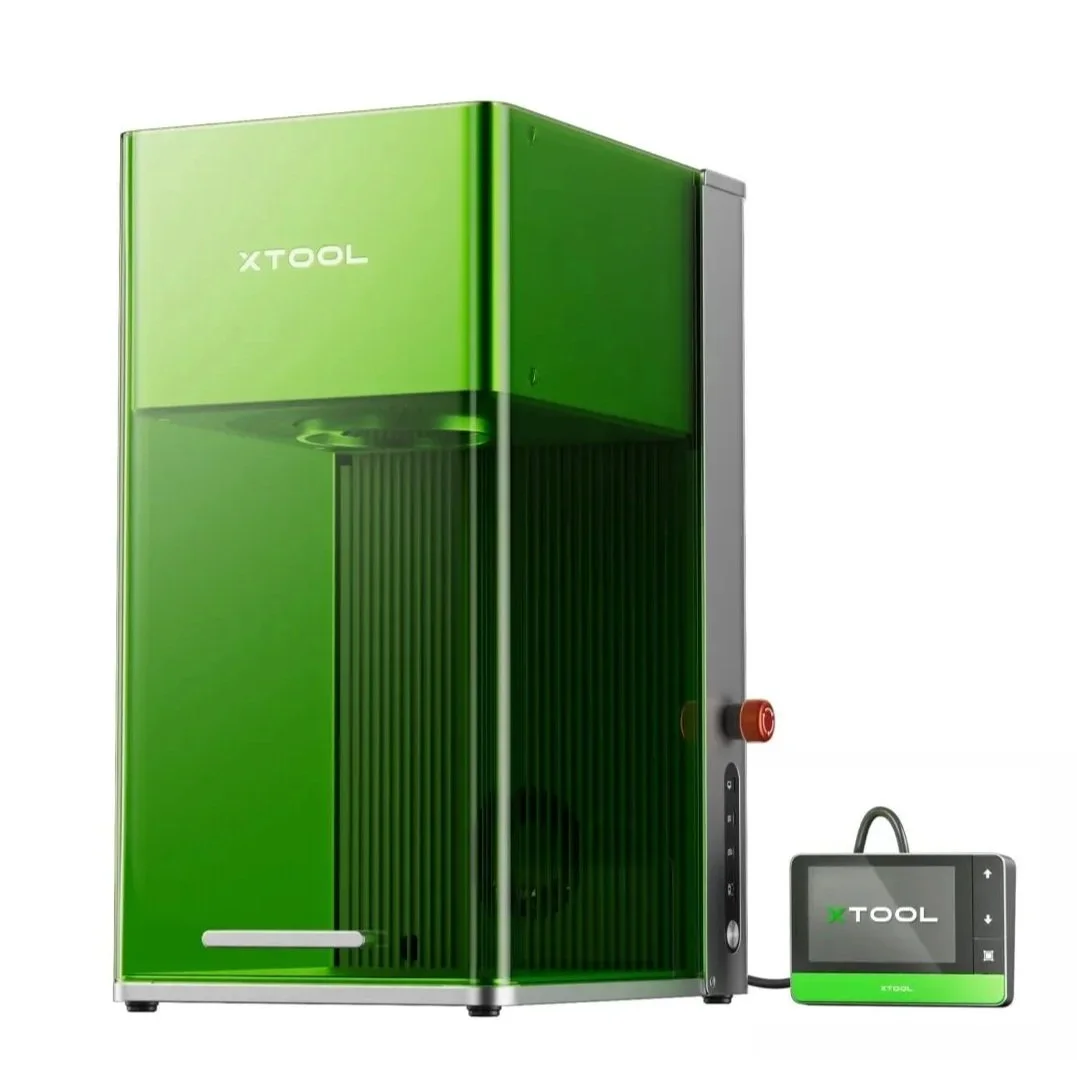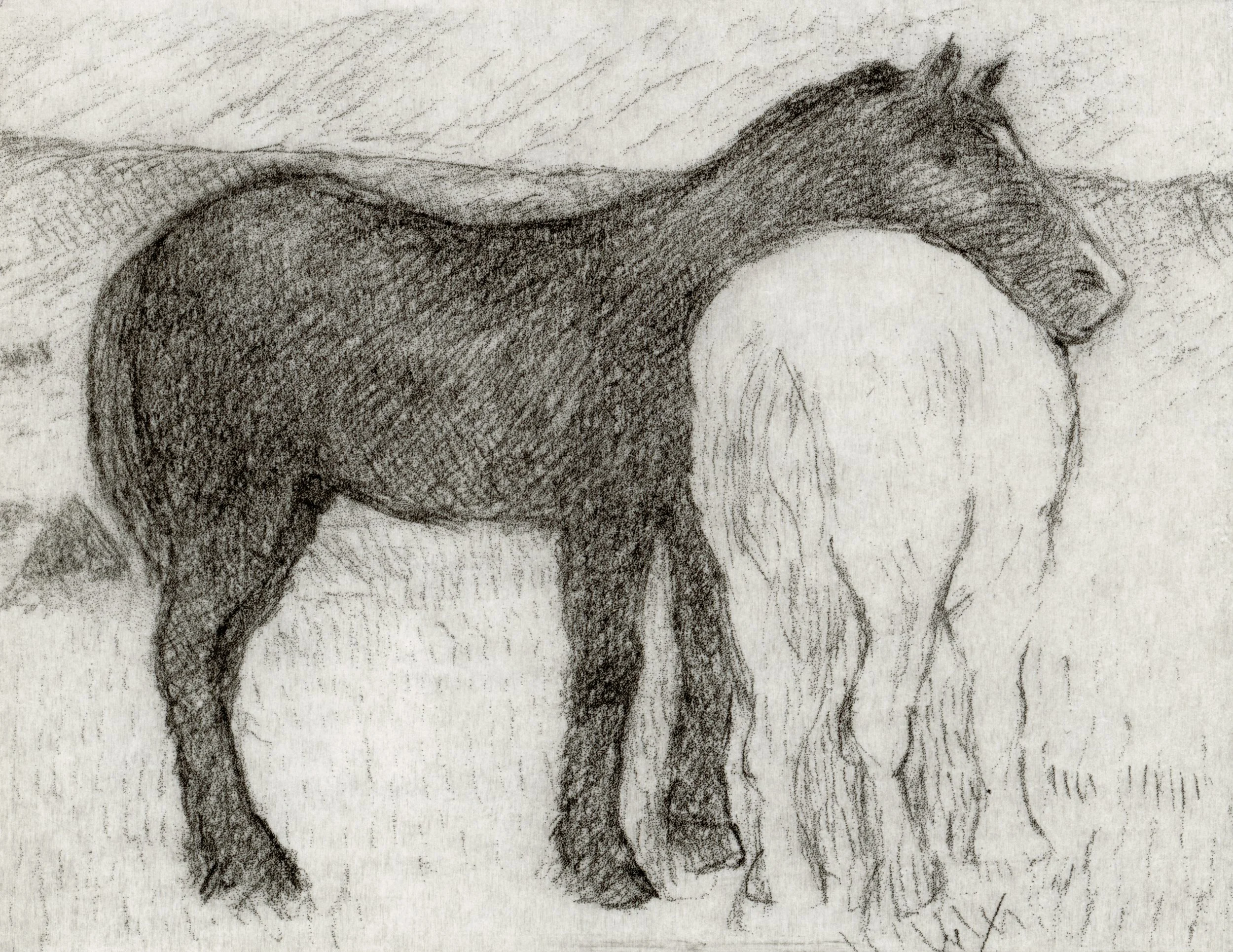What is laser-engraved etching?
Etching is a type of intaglio printing, one of the four main forms of printmaking used by artists. The others are relief printing (e.g., block printing), planographic processes (such as lithography, some monoprints, and many modern digital printing processes), and stencil techniques (like screen printing).
Intaglio printing is a process in which ink is forced into lines or holes incised in a (normally) metal surface, known as a ‘plate’. The ink is wiped from the surface of the plate, leaving it only in the grooves. Damp paper is then laid over the plate, and high pressure from a press transfers the ink to the paper.
Since the invention of etching techniques in the 15th century, artists have traditionally either scored plates directly with sharp needles (drypoint) or used acid to create plates. For acid etching, the metal surface is coated with a waxy substance, or ‘ground’, and lines are scratched into the wax. The plate is then immersed in acid, which cuts into the metal only where the wax has been removed. Other techniques, such as aquatint, may be used to create areas of tone.
In the late 19th century, photographic etching techniques were invented, allowing artists to create plates from photographic source material. Modern photographic etching methods often use UV-sensitive polymer as a ground, which is developed from a film negative under UV light and then rinsed in an aqueous solution. The UV light hardens the polymer, and the unexposed areas are washed away. Techniques such as photopolymer etching, photogravure, and photoengraving fall into this category.
Laser-engraved plate making
Peter Chater’s technique is a modern form of photoengraving that uses a laser machine to incise the plate. He uses an xTool F1 Ultra but others are available (you’ll need one with a Fibre or MOPA laser capable of engraving metal). This process replaces both acid and UV-sensitive polymer, engraving the metal directly using a laser. Peter works mainly with aluminium and occasionally with zinc (polished copper is too reflective).
Some trial and error may be needed to achieve your desired result as the resulting etchings tend to be darker than the originals. The examples on this page were straight copies—the scans or digital drawings were sent to the laser engraver ‘as is’ (though the settings are very specific). However, variations may be achieved by processing the scans in a photo editing program like Photoshop or Affinity.
The etchings can be scaled to any size, though the maximum size is limited by the machine used.
Note that some loss of detail is inevitable in this process, so it is not suitable for every image. However, similar to photogravure, the transformation from source material to final print is a creative process in itself. Every print is hand-inked, wiped and printed so no two prints will every be identical. The human effort, judgement and skill involved become part of its appeal.
Digital vector drawing made on a 'reMarkable Paper Pro' device
Laser-engraved etching from the digital drawing
After Degas - a pencil drawing by Peter Chater
Laser-engraved etching from the scanned drawing





